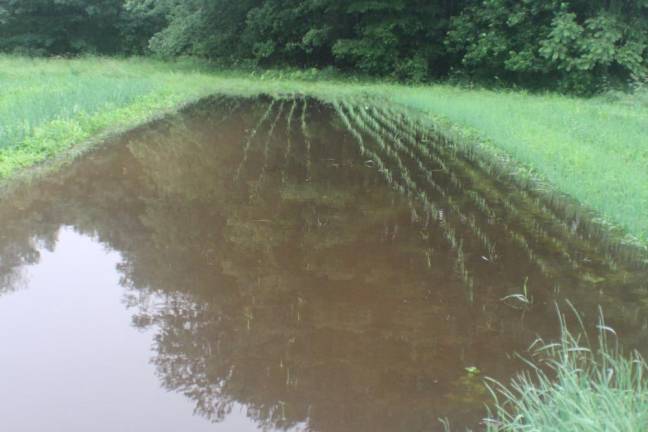Farming through off-the-charts weather

Our farm in Orange County, NY is now comfortably situated in USDA Plant Hardiness Zone 6. This tells us, among other things, that we need to start worrying about frosts that will damage our more tender crops in the first week or two of October.
I’ve been at this a long time, so I remember back before the maps were redrawn in 1990. Thirty years ago, we were on the cusp between Zones 5 and 6, which meant we should be ready for a frost after September 15. In those early days, we almost always had a frost before the end of September. Over the past 15 years, we’ve usually made it well into October without a frost.
2021 was a breakthrough year. Our first frost didn’t arrive until the early hours of November 3. Until then, the tomato plants were still alive, though, admittedly, looking a bit sad.
Whether you’re a backyard gardener or commercial vegetable grower, a later first fall frost is generally regarded as a good thing — more tomatoes, more basil, more summer squash, more peppers, and warmer fingers when harvesting them.
Also off the charts for September and October was the amount of rain that fell on the farm. Historically, September’s average rainfall in our area is 4.08 inches. According to our rain gauge, this past September we got 15.56 inches – almost four times the typical amount. October’s average rainfall is 4.05 inches. This year, we got 10.9 inches. That was a lot of water coming out of the sky. No need to drip irrigate in those months.
It’s likely that the very late fall frost and the massive amounts of rain in September and October are correlated. Water in the soil holds heat. On cool nights this heat radiates out keeping the air above the soil a little warmer.
Wondering what the future has in store? Maybe bananas.